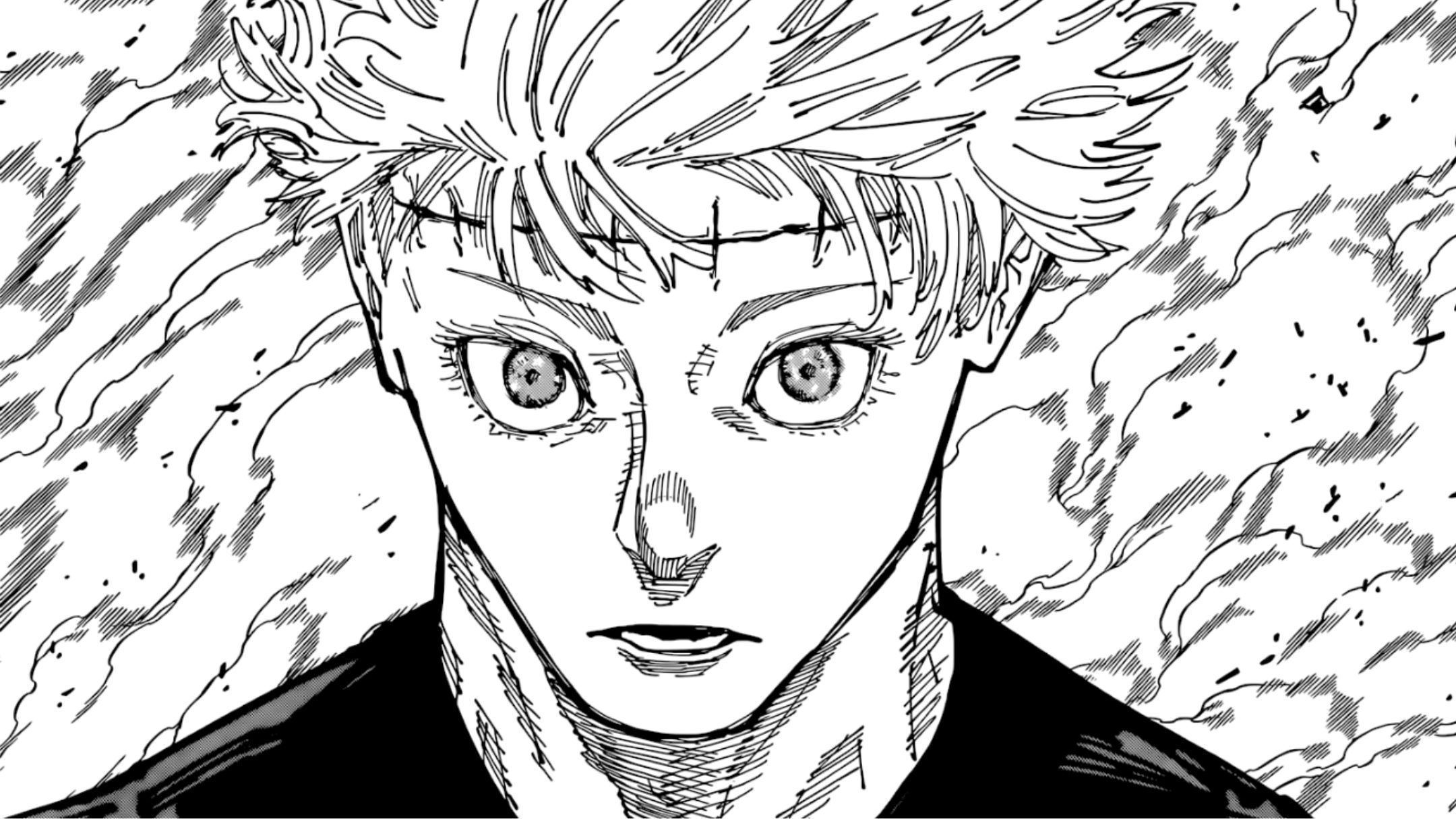Gilat Shalit: The Tale Of A Prisoner's Return is a groundbreaking book that chronicles the incredible journey of Gilat Shalit, an Israeli soldier who was held captive by Hamas for over five years.
Editor's Notes: "Gilat Shalit: The Tale Of A Prisoner's Return" have published today date and the book has been praised by critics for its insights into the human spirit and the power of hope.
After five long years of captivity, Gilat Shalit was finally released in 2011 in exchange for 1,027 Palestinian prisoners. Gilat Shalit: The Tale Of A Prisoner's Return tells the story of his capture, his time in captivity, and his eventual release.
The book is full of insights into the human spirit and the power of hope. Gilat Shalit's story is a reminder that even in the darkest of times, there is always hope.
FAQ
This FAQ section provides answers to frequently asked questions about the documentary "Gilat Shalit: The Tale Of A Prisoner's Return."

Former Israeli Soldier Shalit Recalls Captivity Under Militants - The - Source www.nytimes.com
Question 1: Who is Gilat Shalit?
Gilat Shalit is an Israeli soldier who was captured by Hamas militants in 2006 and held captive for five years.
Question 2: What was the impact of Shalit's captivity on his family and friends?
Shalit's captivity had a profound impact on his family and friends. His parents tirelessly campaigned for his release, while his friends and supporters organized rallies and protests.
Question 3: How was Shalit's release negotiated?
Shalit's release was negotiated through a complex process involving mediation by Egypt and other international actors. The Israeli government agreed to release 1,027 Palestinian prisoners in exchange for Shalit's freedom.
Question 4: What were Shalit's conditions upon his release?
Upon his release, Shalit was diagnosed with post-traumatic stress disorder and other health issues. He underwent extensive rehabilitation and reintegration programs to help him adjust to life outside captivity.
Question 5: What is the legacy of Gilat Shalit's experience?
Gilat Shalit's experience highlights the human toll of conflict and the challenges faced by prisoners of war. It also demonstrates the power of determination, resilience, and the importance of international cooperation.
Question 6: What lessons can be learned from Gilat Shalit's story?
The lessons that can be learned from Gilat Shalit's story include the importance of perseverance, the value of international diplomacy, and the need for compassion and understanding in times of conflict.
Overall, the documentary "Gilat Shalit: The Tale Of A Prisoner's Return" provides a moving and insightful account of Shalit's experience and its impact on his life and the world.
To learn more about Gilat Shalit and his story, please refer to the following resources:
The Official Gilat Shalit Website
Gilat Shalit: The Tale Of A Prisoner's Return (Full Documentary)
Tips

Jujutsu Kaisen Debuts a Sorcerer Stronger than Gojo with Twist - Source screenrant.com
Following the release of Gilat Shalit: The Tale Of A Prisoner's Return, various insights can be gleaned regarding resilience, hope, and perseverance. Here are several tips to consider:
Tip 1: Maintain Focus and Determination
In the face of adversity, it is crucial to remain focused on objectives and maintain unwavering determination. Shalit's relentless belief in his eventual release served as a beacon of hope during his arduous ordeal.
Tip 2: Foster Resilience Through Support and Connection
Surrounding oneself with a support network of family, friends, or fellow prisoners can significantly bolster resilience. Maintaining strong connections with loved ones can provide emotional sustenance and a sense of belonging.
Tip 3: Seek Purpose and Meaning Amidst Challenges
Finding purpose and meaning in challenging situations can help individuals endure adversity. Shalit engaged in writing and studying during his imprisonment, activities that gave him a sense of fulfillment and accomplishment.
Tip 4: Practice Patience and Perseverance
Navigating prolonged adversity requires patience and perseverance. Shalit's release after five years of captivity demonstrates the importance of maintaining hope and steadfastly working towards desired outcomes.
Tip 5: Embrace Gratitude and Find Joy in the Journey
Cultivating gratitude and finding moments of joy, no matter how small, can sustain hope and resilience. Shalit expressed appreciation for the small acts of kindness he experienced during his imprisonment.
Summary: By upholding these principles, individuals can develop resilience, maintain hope, and persevere through adversity.
Gilat Shalit: The Tale Of A Prisoner's Return
Gilat Shalit, an Israeli soldier, was captured by Hamas militants in 2006 and held captive for over five years. His eventual release in 2011 marked a significant moment in the ongoing conflict between Israel and Palestine. This article explores six key aspects of Shalit's story that highlight the complex realities of prisoner exchanges and the human toll of conflict.

Kingdom welcomes former MVP's return - Source nbl.com.au
- Captive's ordeal: Shalit's prolonged isolation and harsh treatment in captivity.
- Diplomatic efforts: The intricate negotiations and international pressure involved in securing his release.
- Prisoner exchange: The controversial deal that freed Shalit in exchange for over 1,000 Palestinian prisoners.
- Public reaction: The mixed emotions and political debates surrounding Shalit's return.
- Long-term impact: The psychological and social challenges faced by Shalit after his release.
- Symbol of conflict: How Shalit's case became a lightning rod for the deep divisions and complexities of the Israeli-Palestinian conflict.
Shalit's story sheds light on the human cost of war, the complexities of prisoner exchanges, and the enduring challenges of resolving conflicts that involve the exchange of prisoners. It also highlights the resilience and strength of individuals who endure unimaginable hardships.
Ursula's Return Printable Checklist - Source www.echomtg.com
Gilat Shalit: The Tale Of A Prisoner's Return
The connection between "Gilat Shalit: The Tale Of A Prisoner's Return" explores the cause and effect of Gilat Shalit's capture and subsequent release after five years of captivity. The importance of this topic lies in understanding the broader context of the Israeli-Palestinian conflict and the human cost of war. Gilat Shalit's story highlights the plight of prisoners of war and the impact their capture has on both their families and their communities.

Noam Shalit vocht vijf jaar voor de vrijlating van zijn zoon - Source www.christenenvoorisrael.nl
The practical significance of this understanding is that it can help us to develop more effective strategies for preventing and resolving conflicts peacefully.
| Cause | Effect |
|---|---|
| Gilat Shalit's capture by Hamas | Five years of captivity and international negotiations for his release |
| The Israeli-Palestinian conflict | The capture and release of Gilat Shalit is a microcosm of the larger conflict between Israel and Palestine |
| The human cost of war | Gilat Shalit's capture and release highlights the human cost of war, both for the individuals involved and for their families and communities |
Conclusion
Gilat Shalit's story is a reminder of the human cost of war and the importance of finding peaceful resolutions to conflict. His release is a testament to the power of negotiation and diplomacy, and it is a hope that one day all prisoners of war will be able to return home to their loved ones.
The story of Gilat Shalit is a complex one, with no easy answers. However, it is a story that deserves to be told, as it sheds light on the human cost of war and the importance of finding peaceful resolutions to conflict.

